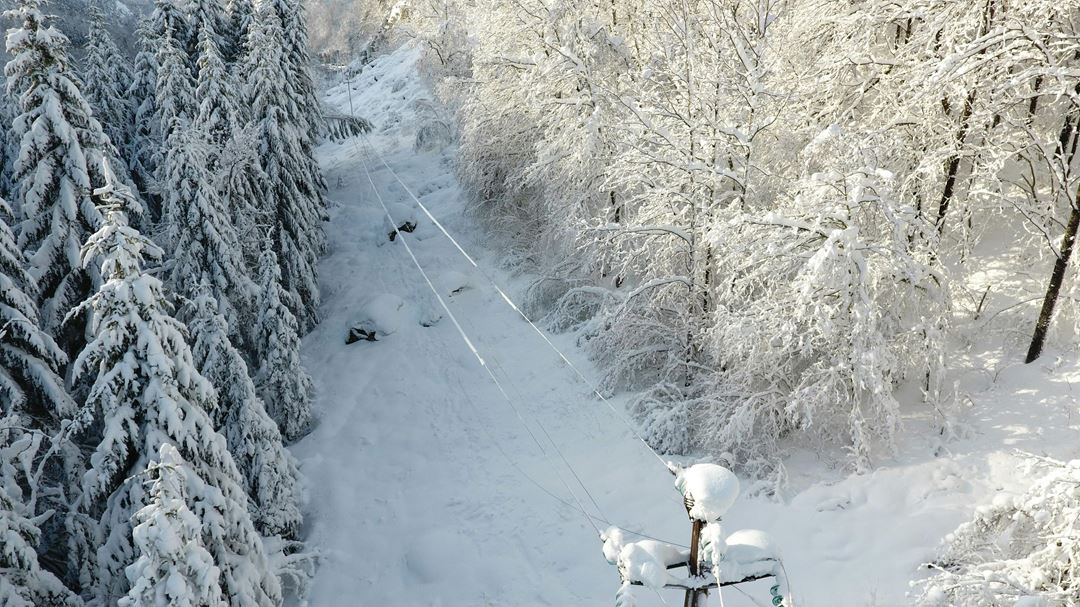During the project, these technologies will be integrated on board KVS Technologies' autonomous fixed-wing drone platform to develop a fully autonomous emergency response system that will enable grid operators, such as project partners Elvia and Agder Energi Nett, to localise and diagnose critical faults more safely, quickly, and cost-effectively than current methods.
SINTEF will contribute prototypes for the sensor suite and onboard software that are compatible with a fixed-wing drone platform and that will enable the detection and characterisation of critical faults under poor visibility conditions.
Critical failures (i.e. those that interrupt grid operation), are an expensive problem for grid operators worldwide, both in terms of loss of reputation and income from consumers as well as fines for grid downtime. Distribution System Operators (DSOs) in Norway estimate that their annual costs related to such downtime can make up to 1-2% of revenue. These incidents also have flow-on effects for consumers such as increased energy costs and reduced provider satisfaction. When critical failures occur, it is therefore crucial for the grid operator to be able to localise and diagnose the cause of the failure ASAP, such that response operations can be coordinated quickly and cost-effectively.
Today, grid operators most commonly deploy field personnel by foot, vehicle, or manned helicopters as the first response following an incident, and faults are identified manually. However, this approach is time consuming and therefore expensive, and critical failures are most often associated with poor weather conditions, exposing personnel to unnecessary risks. Autonomous drone-based systems could directly address these concerns, but today's commercial solutions are hamstrung by limited flight ranges and unreliable AI for automatic fault detection – preventing wide-scale deployment for critical operations.
In an ongoing collaboration (SmartWing project), KVS Technologies and SINTEF are developing a fully autonomous long-rang drone platform for efficient grid infrastructure inspection.
The SWIFTER project will enable KVS Technologies, in collaboration with SINTEF, Elvia, and Agder Energi Nett, to develop an autonomous system based on the SmartWing platform for fast and cost-effective localisation of critical faults in the grid network. By targeting only the most critical faults and by employing a multi-sensor approach, SWIFTER aims to improve on today's state of the art in terms of reliability and poor visibility performance, thereby enabling wide-scale deployment of such systems by DSOs.

